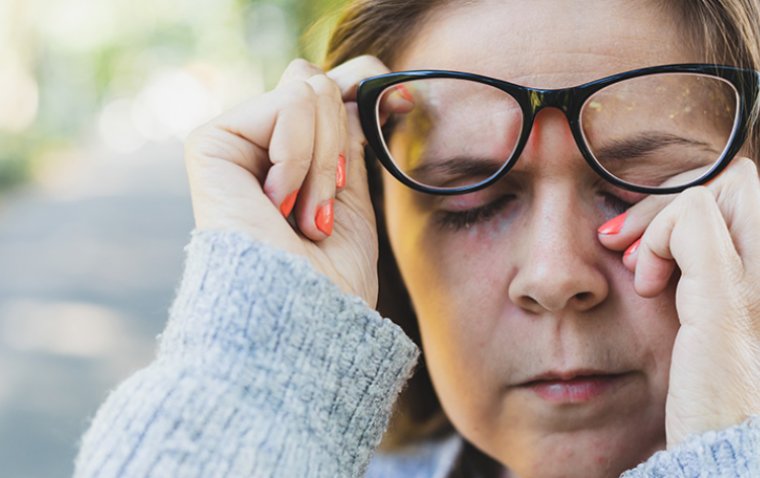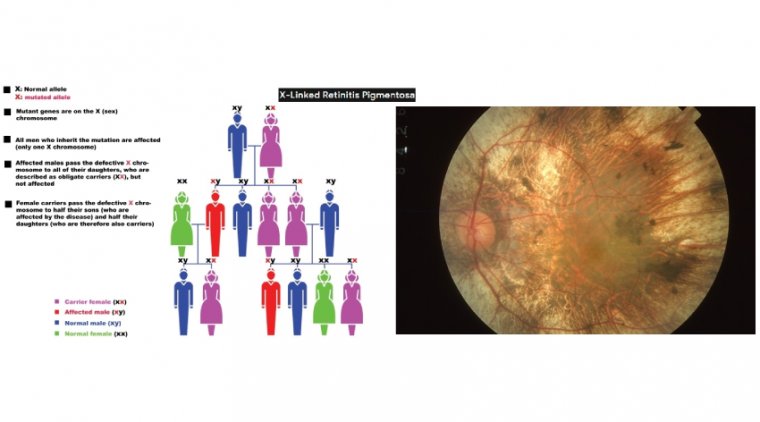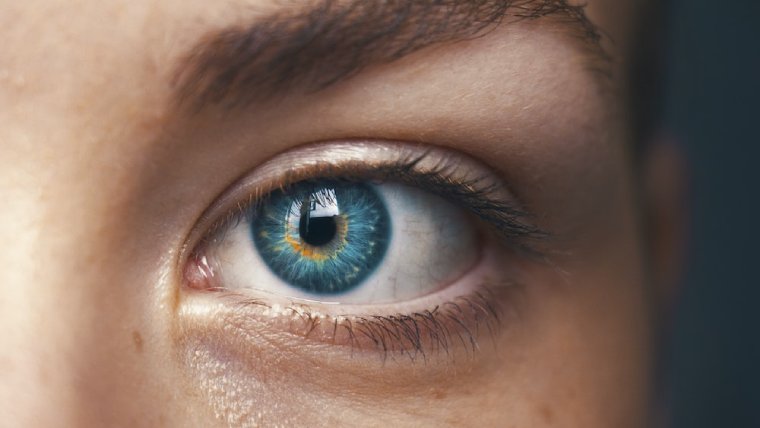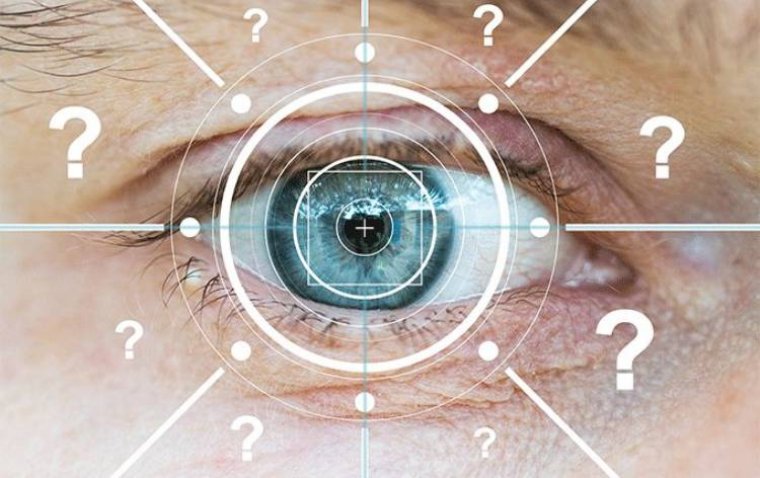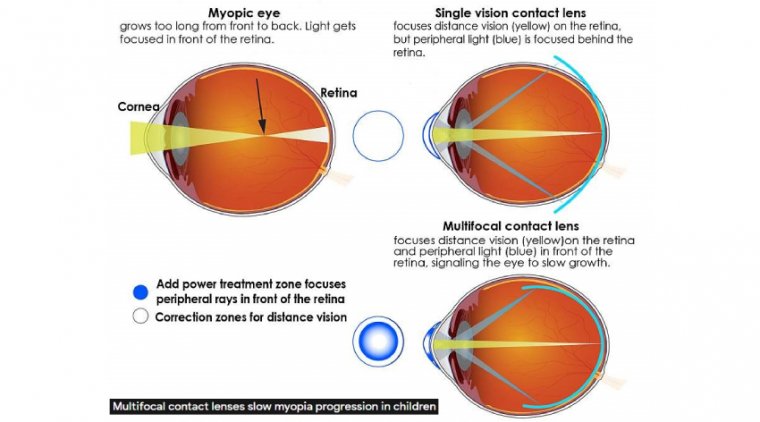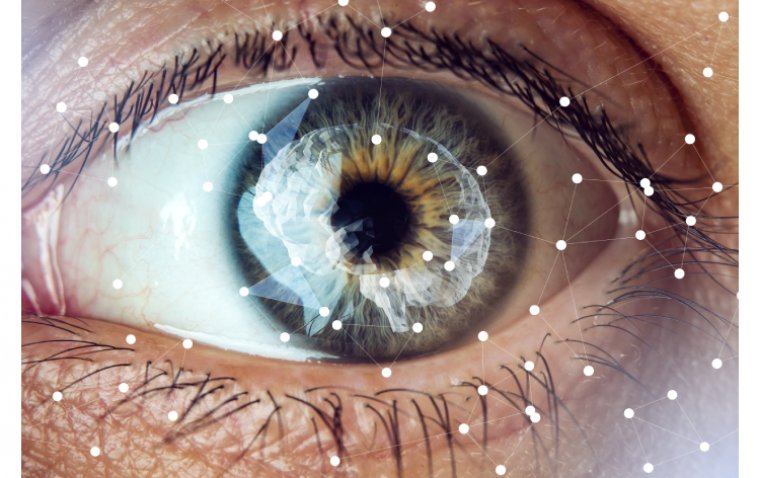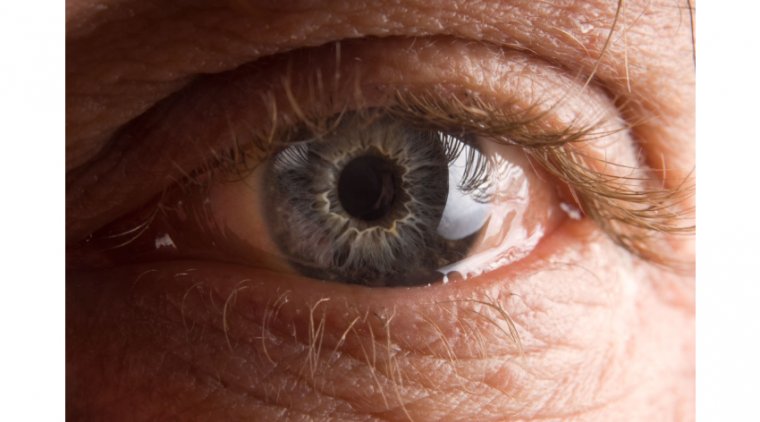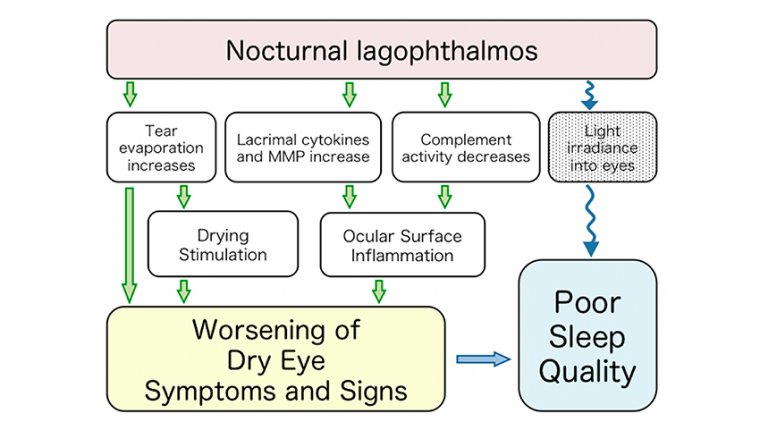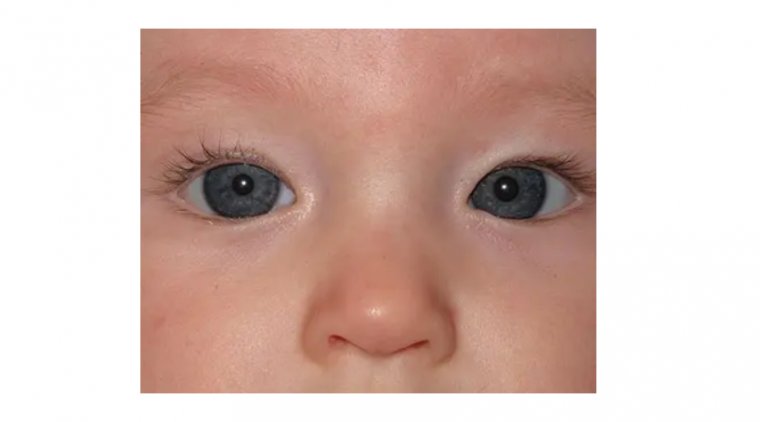
The Illusion of Crossed Eyes: Understanding Pseudostrabismus
Pseudostrabismus is a condition that gives the appearance of crossed eyes or wall-eye, but in reality, the eyes are properly aligned. This condition is also known as false strabismus or simulated strabismus. It is caused by various factors such as facial asymmetry, prominent epicanthal folds, or a wide nasal bridge. It is important to note that pseudostrabismus is not a vision problem, and it does not require any treatment.
Four Types of Pseudostrabismus
1- Positive Angle Kappa: This is a condition where the eyes appear to be crossed, but in reality, they are not. This occurs when the inner corner of the eye (the medial canthus) is farther away from the nose than the outer corner (the lateral canthus). This can be caused by a wide nasal bridge or prominent epicanthal folds.
2- Pseudoesotropia: This is a condition where the eyes appear to be turned inward, but in reality, they are not. This can be caused by a wide forehead or a receding brow.
3- Pseudoexotropia: This is a condition where the eyes appear to be turned outward, but in reality, they are not. This can be caused by a prominent cheekbone or a flat nasal bridge.
4- Pseudohypertropia: This is a condition where one eye appears to be higher than the other, but in reality, they are not. This can be caused by a facial asymmetry or a protruding ear.
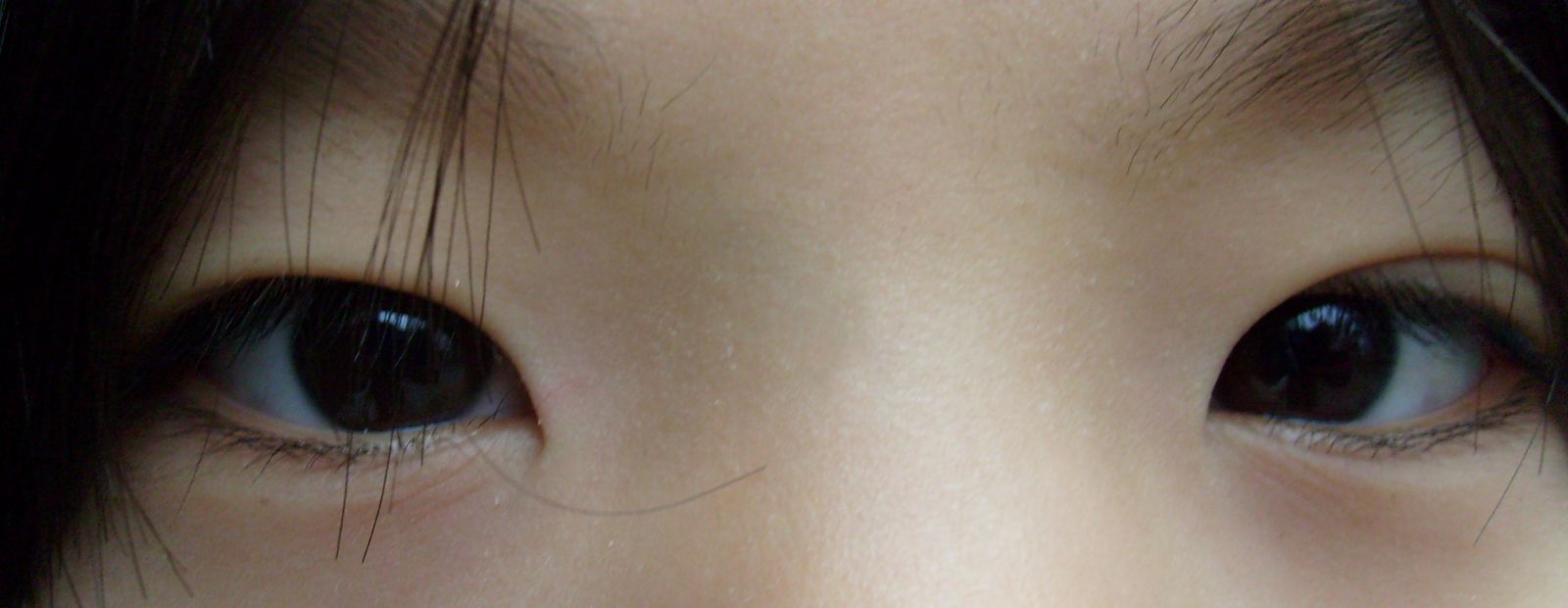
What Causes Pseudostrabismus?
Facial asymmetry: This occurs when one side of the face is not symmetrical with the other side. This can cause the eyes to appear misaligned, even though they are not.
Prominent epicanthal folds: These are the small folds of skin that cover the inner corner of the eye. When they are more prominent, they can make the eyes appear to be crossed or turned inward.
Wide nasal bridge: A wide nasal bridge can make the eyes appear to be crossed or turned outward. This is because the inner corner of the eye (the medial canthus) is farther away from the nose than the outer corner (the lateral canthus).
Receding brow: A receding brow can make the eyes appear to be turned inward, even though they are not.
Prominent cheekbone: A prominent cheekbone can make the eyes appear to be turned outward, even though they are not.
Symptoms of Pseudostrabismus
Symptoms of pseudostrabismus include the appearance of crossed eyes, especially when looking at the child from the front. The child may also have a tendency to tilt their head to one side, as this can help them see better. In most cases, pseudostrabismus does not cause any problems with vision or eye alignment.
How to Differentiate Pseudostrabismus from Strabismus
Pseudostrabismus and strabismus are both conditions that can cause the eyes to appear misaligned, but they are caused by different factors and have different implications for vision and treatment.
Pseudostrabismus is a condition that gives the appearance of crossed eyes or wall-eye, but in reality, the eyes are properly aligned.Strabismus, on the other hand, is a true misalignment of the eyes. It occurs when the muscles that control the movement of the eyes are not working properly, causing the eyes to point in different directions.
To differentiate pseudostrabismus from strabismus, it is essential to consult an eye doctor who can perform a thorough eye exam. The doctor will measure the alignment of the eyes using various techniques, such as the cover-uncover test or the Hirschberg test, and can also check for any vision problems. The doctor may also use special equipment, such as a retinoscope or a synoptophore, to measure the alignment of the eyes more accurately.
In some cases, it may be difficult to differentiate pseudostrabismus from strabismus, and additional testing may be needed. For example, an eye doctor may perform a special test called a red reflex test to check for any problems with the eyes' alignment.
Treatment of Pseudostrabismus
Since this condition is not a vision problem, it does not require any treatment.
However, if a child or parent is concerned about the appearance of the eyes, the child may receive eye glasses, which can improve the symmetry of the eyes and face, making the pseudostrabismus less noticeable.
Additionally, in some cases, a child with pseudostrabismus may be referred to a plastic surgeon for further evaluation and possible surgical correction if the pseudostrabismus is caused by a facial asymmetry.
Conclusion
Pseudostrabismus is a common condition that gives the appearance of crossed eyes, but the eyes are actually properly aligned. It is caused by an overgrowth of the fatty tissue in the inner corner of the eye or a wide nasal bridge or a large epicanthal fold. It does not cause any problems with vision or eye alignment and treatment is generally not necessary, but in some cases, glasses may be prescribed to improve vision.
(1).jpg)
